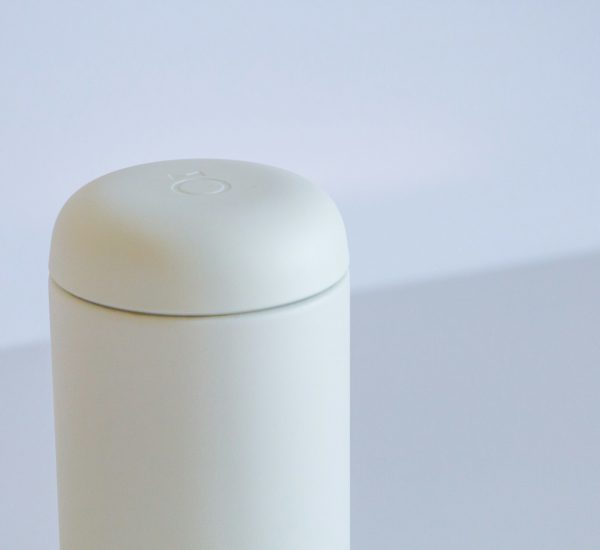Full Spectrum LED Grow Lights are suitable for most plants at all stages of their growth and development. The spectrum is as close as possible to sunlight, has powerful red and blue beams of light with the addition of green. Due to this glow, they are well suited for people, have a comfortable light that does not hit the eyes, do not require shielding (eye protection). Visually, this spectrum looks creamy, sometimes with a slightly purple tint. The question of buying a full-spectrum lamp arises for many gardeners who want to get the maximum effect from their activities.
Advantages of Full Spectrum LED Grow Lights
It is known that a plant needs illumination of a certain spectrum at each stage of vegetation. When studying the principles of photosynthesis, it was found that the most optimal illumination for plant growth is blue and red rays. At the same time, they react to the blue color:

Photo by Federico Lancellotti on Unsplash
- Various types of greens: onion, parsley, dill;
- Seedlings of vegetable crops;
- Exotic plants.
The wavelength of the blue spectrum reaches 445 nm. The longer wave – 660 nm – is a wave of the red spectrum. It is necessary for the formation of the ovaries of the plant, the ripening of fruits. At this stage, a white color range is also needed. The LED lamp of the full solar spectrum for plants combines the necessary number of red, blue and partially green diodes, which have a beneficial effect on the growth of domestic plants and seedlings at all stages of their formation.

Photo by Vladyslav Tobolenko on Unsplash
You can buy a garden LED lamp of the full solar spectrum for the house on the Rightbud website, where a wide range of this type of lamps is presented.
When buying a full-spectrum lamp for plants, pay attention to the phyto-light diodes of the full solar spectrum. They are effective at all stages of plant development. They do not require replacement when changing the stages of plant growth. Full-spectrum lamps allow the sprout not to stretch in length, which occurs when deposited with conventional grow lamps, but to influence the increase in ovaries and the formation of fruits.
Photo by Patrick Schneider on Unsplash




